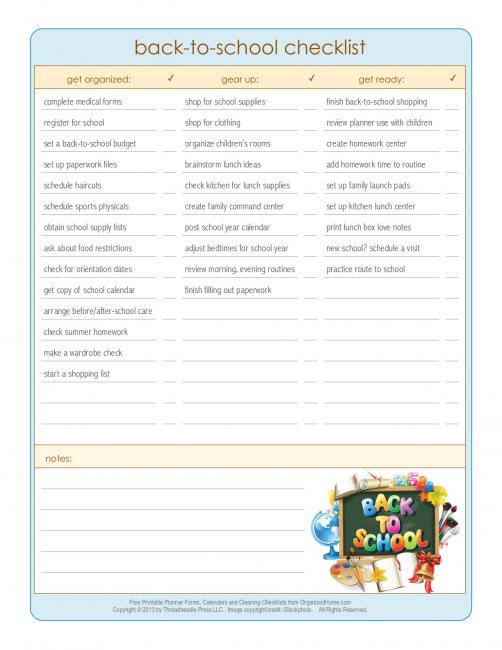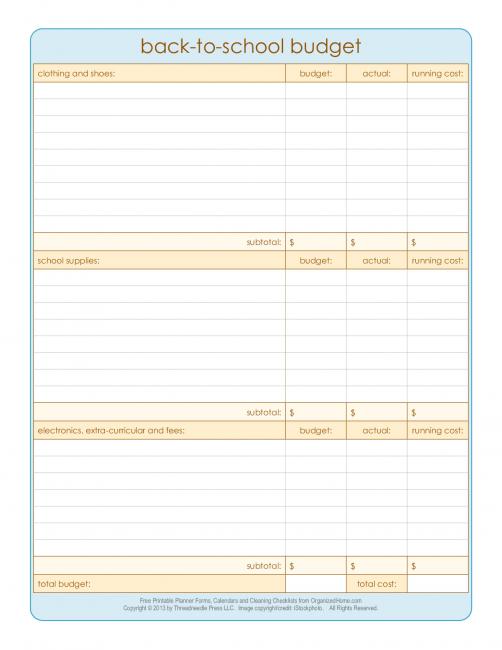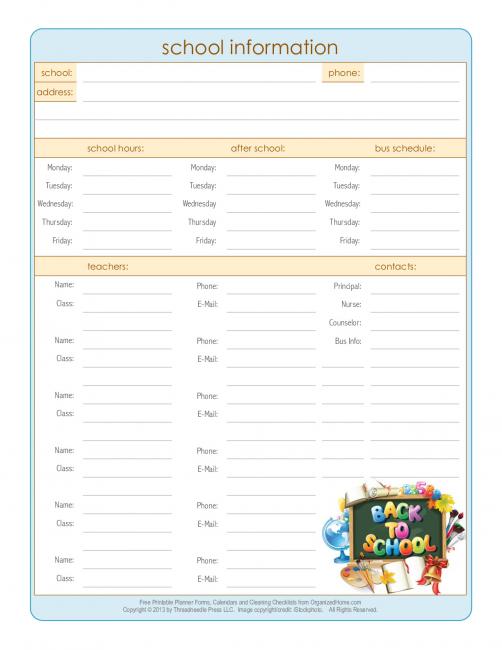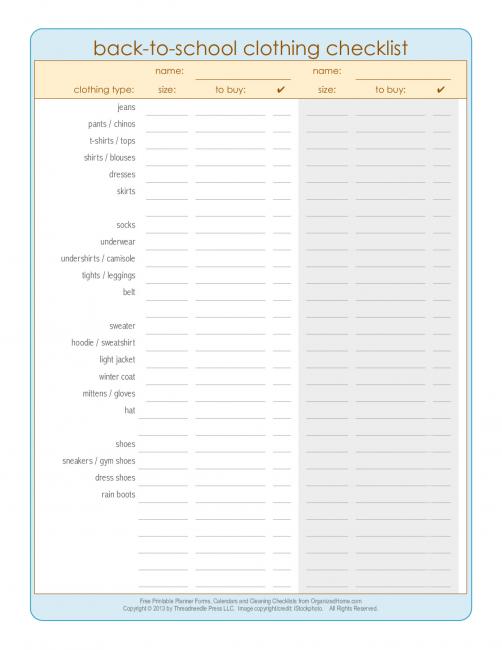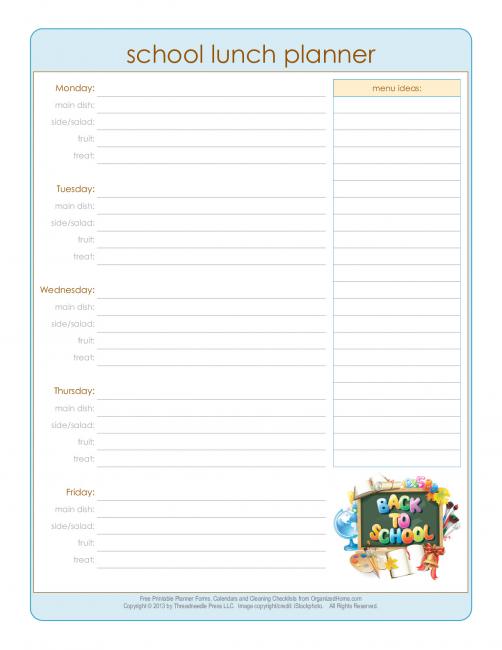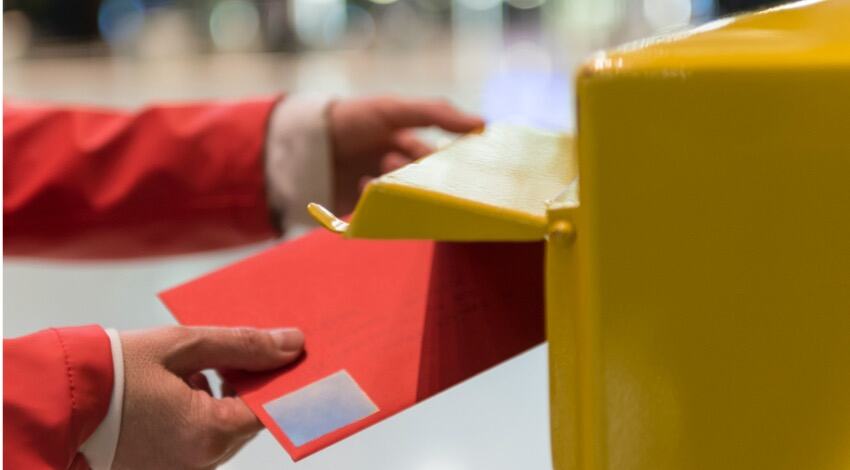Clear the Decks: Organizing Kids' Rooms For Back-to-School
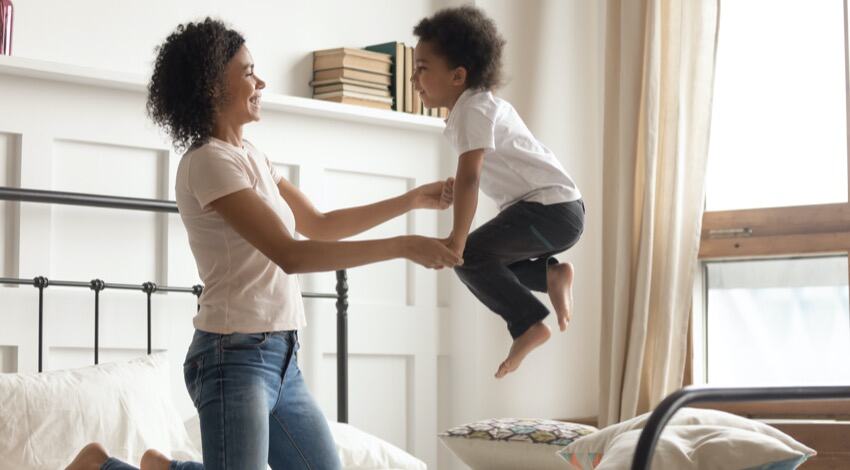
The start of school puts new demands on children's bedrooms. Can the kids find clothing during the morning rush? Where will they do their homework ... or log on to their virtual classroom?
To kick off a new school year from an organized home, it's time to declutter, deep-clean and organize children's rooms.
It's the battle cry of millions of parents: "Clean your room!" Will it ring out in your house today?
Seasonal events like birthdays, the holidays or a new school year bring fresh motivation to the drive to get kids organized--and nowhere is the battleground more intense than in the children's bedrooms.
How do you help your child organize and clean up life in the bedroom?
Try these eight easy organization strategies to calm clutter and bring order to kids' rooms.
Take a child's eye view
Get down to your child's eye level to help him or her get organized. Look at your child's space, storage, furniture and possessions from his or her vantage point. The view may surprise you!
Adult furniture and organizing systems don't translate well to children's needs. Sticky dresser drawers are hard for small hands to manage. Folding closet doors pinch fingers and jump their rails when pushed from the bottom. Closet hanging rods are out of reach, while adult hangers don't fit smaller clothing. Traditional toy boxes house a tangled jumble of mixed and scattered toy parts.
To organize a child's room, solutions must fit the child. For younger children, remove closet doors entirely. Lower clothing rods and invest in child-sized hangers. Use floor-level open containers to hold toys, open plastic baskets to store socks and underwear.
Devise a simple daily checklist for maintenance. To organize a child's room, tailor the effort to the child.
Bring the child into the process
Resist the urge to wade into the mess alone, garbage bags flying. Gritted teeth and threats of "You will keep this room clean!" don't touch the root of the problem: teaching children organization skills and maintenance methods.
Instead, look at the organization process as a learning activity, and put the focus on the child. Professional organizer Julie Morgenstern, author of Organizing from the Inside Out, recommends that you view your role as that of organizational consultant to your child.
As his or her guide, survey what's working, what's not, what's important to the child, what's causing the problems, and why the child wants to get organized.
Partnered with your child, you stand a better chance of devising an organization scheme and system that makes sense to him or her. If they're involved in the effort, children are better able to understand the organizational logic and maintain an organized room.
Sort, store and simplify
It's a conundrum! Children's rooms are usually small, often shared, and generally lack built-in storage. Yet these rooms are host to out-of-season and outgrown clothing, surplus toys, and even household overflow from other rooms. Kids can't stay organized when the closet is crammed, the drawers are stuffed, and playthings cover each square inch of carpet.
The solution: sort, store and simplify.
Begin with clothing: sort it out! Store out-of-season or outgrown clothing elsewhere.
Finally, simplify! Does your son really wear all 27 T-shirts crowding his drawer? Remove the extras so the remainder can stay neat and orderly in the available space.
For younger children, a toy library is the answer to over-abundant toys. Using a large lidded plastic storage container, large box or even plastic garbage bag, entrust a selection of toys to the "toy library." Store the container in an out-of-the way place for several months.
Some rainy day, bring out the toy library, swapping the stored toys for other playthings that have lost their savor. The stored toys will have regained their interest and freshness--and they won't have been underfoot in the child's room.
Older kids can utilize higher closet shelves to "store" some of their belongings. Clear plastic shoebox storage containers hold little pieces and identify the contents.
Contain, corral and control
Toy boxes and open shelves are no place to store children's possessions, particularly those involving many tiny parts. To organize toys, think "contain, corral and control."
Contain toys and other belongings before you store. Use plastic shoebox containers for smaller toys (Barbie clothes, Happy Meal give-aways), larger lidded bins for blocks, trucks and cars, light-weight cardboard records boxes for stuffed animals. Use specialty organizers to corral magazines and comic books, video games, or CDs and cassette tapes.
A bonus: containers help parents control the number of toys out at any one time: "Sure, you can play with the farm set, just as soon as the Matchbox cars go back into their home!"
Make it easier to put away, harder to get out
The premier rule for efficient children's storage? Make it easier to put something away than it is to get it out.
For example, store picture books as a flip-file, standing upright in a plastic dishpan. The child flips through the books, makes his selection, and tosses the book in the front of the dishpan when he's done.
Compare a traditional bookcase, where little fingers can pull down a whole shelf faster than they can replace one book. Build the effort into the getting out, not the putting away.
Organize bottom to top
Befitting a child's shorter stature, start organizing from the bottom of the room, and work to the top. Most used toys and belongings should live on lower shelves, in lower drawers, or on the floor. Higher levels are designated for less-frequently-used possessions.
Working bottom to top, the best-loved teddy bear sits in a small rocker on the floor, while the extensive Grandma-driven bear collection is displayed on a shelf built 6 feet up the wall.
Label, label, label
When it comes to keeping kids' rooms organized for the long haul, labels save the day!
Use a computer printer to make simple graphic labels for young children. Pictures of socks, shirts, dolls or blocks help remind the child where these items belong. Enhance reading skills for older children by using large-type word labels.
Slap labels everywhere: inside and outside of drawers, on shelf edges and on the plastic shoebox storage containers that belong there, on boxes and bookcases and filing cubes.
Playing "match the label" can be fun--and turns toy pickup into a game.
Build a maintenance routine
The usual peaks and valleys approach to room cleaning can vex and frustrate children. Their room is clean, they play, and suddenly, their room is back to messy normal.
Help children stop the cycle by building maintenance routines into the family's day.
"Morning Pickup" straightens the comforter, returns the pillow to the bed, and gets yesterday's clothing to the laundry hamper.
"Evening Pickup" precedes dressing for bed, and involves putting away the day's toys.
Building routines into the family's schedule will keep disorder from becoming overwhelming. Tap them today in your organized home!
